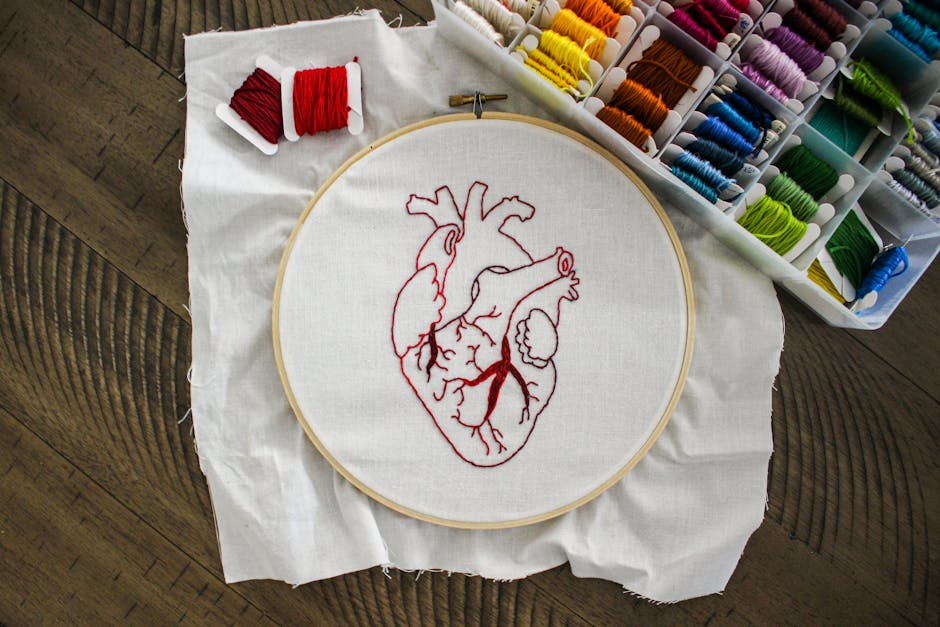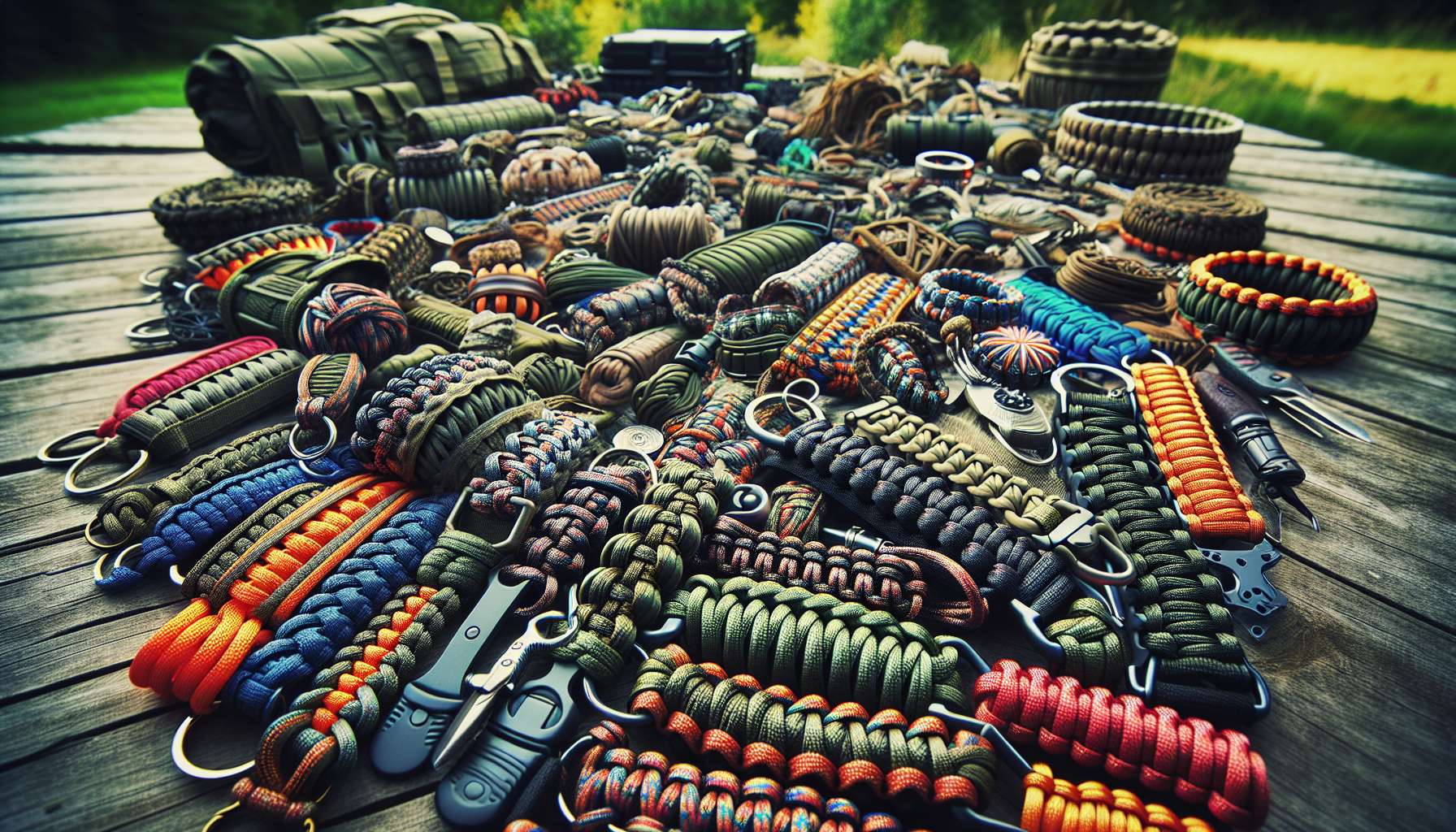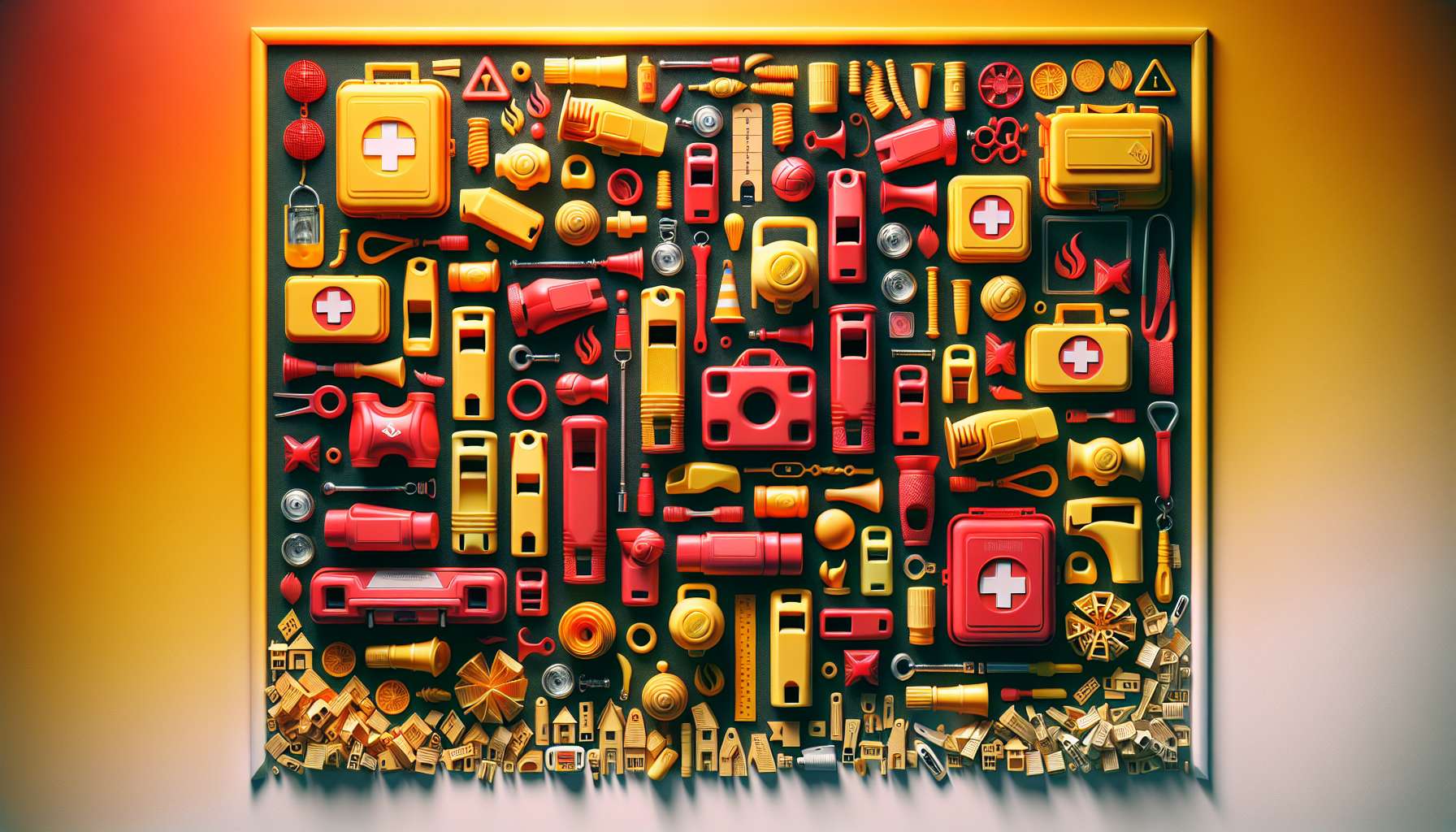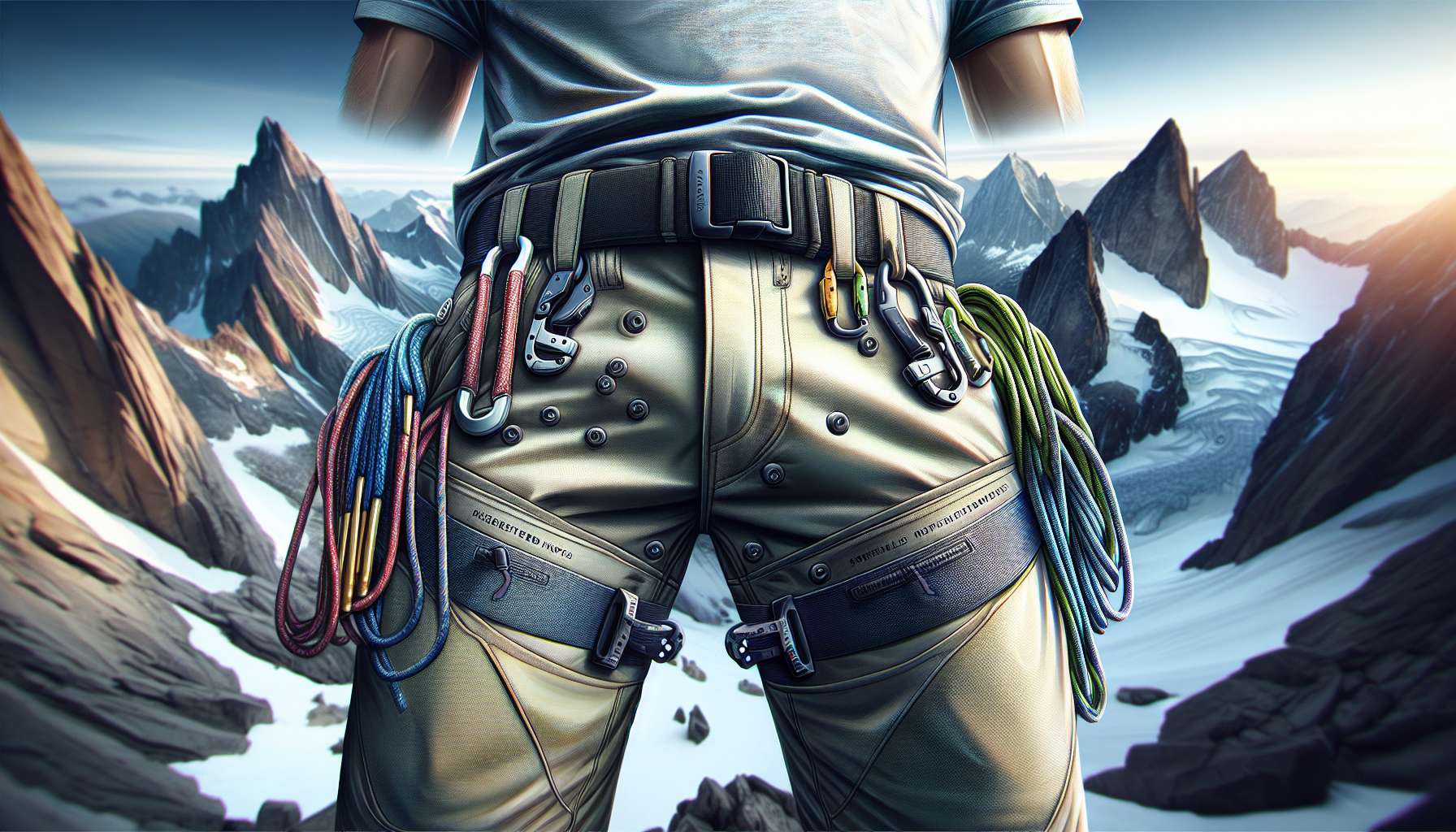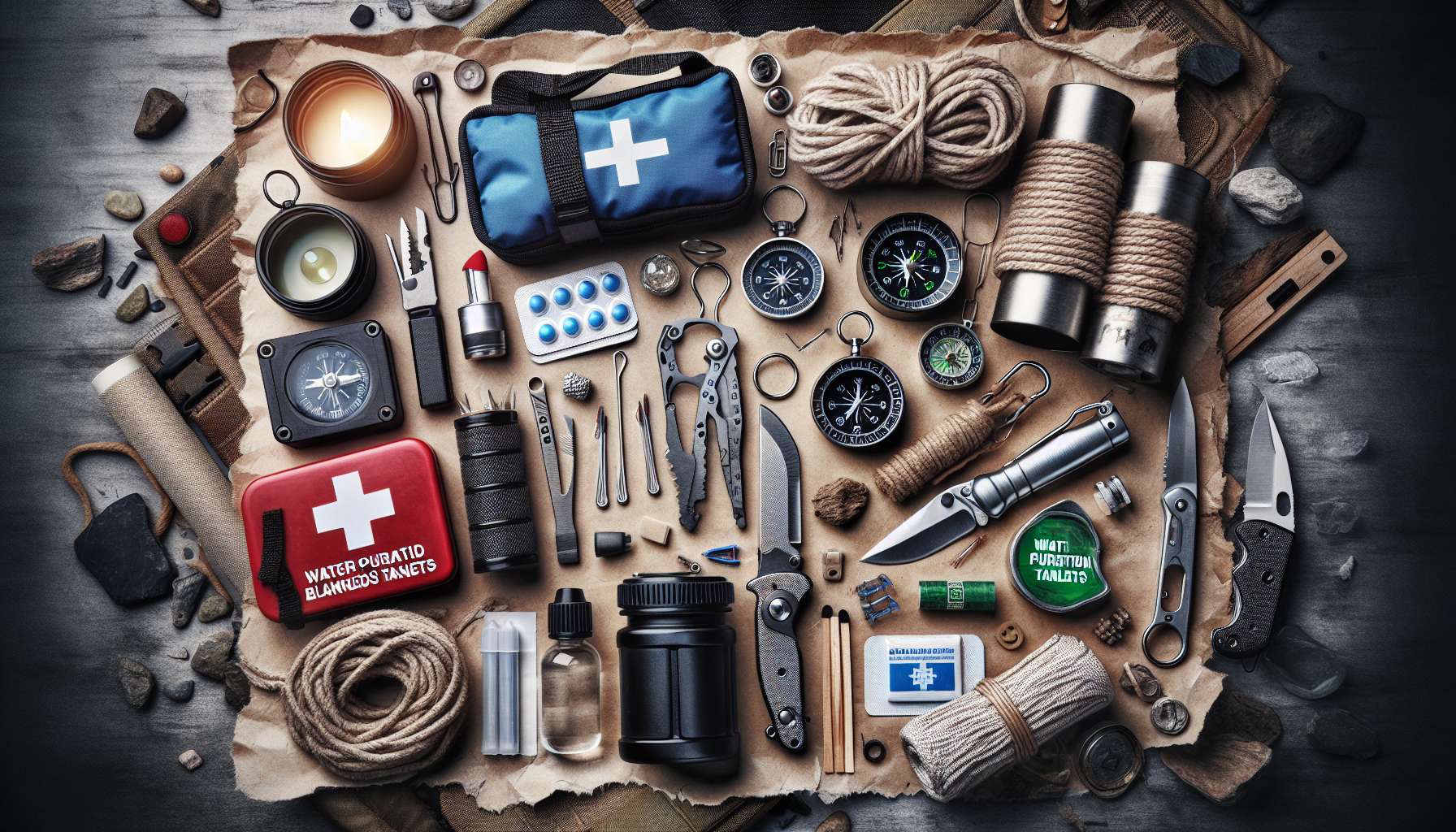The Ultimate Guide to Paracord: Unraveling the Versatile Utility Cord
Paracord, short for parachute cord, is a versatile and durable nylon rope originally used in the suspension lines of parachutes. Over the years, it has evolved into a multi-purpose tool with a wide range of applications in various fields, from outdoor activities and survivalist preparedness to crafting and fashion. This humble cord has become a staple in many households, emergency kits, and military operations due to its strength, flexibility, and lightweight nature.
The History of Paracord
Paracord has a fascinating history that dates back to World War II when it was first used in military parachutes. The cord was valued for its strength and reliability in emergency situations, earning it the nickname “550 cord” for its minimum breaking strength of 550 pounds. After the war, surplus parachutes were repurposed, and the cord found its way into the hands of civilians who discovered its utility beyond its original purpose.
As the popularity of paracord grew, manufacturers began producing it in various colors and patterns, leading to the creation of decorative and functional paracord bracelets, keychains, dog collars, and more. Today, paracord has become a symbol of preparedness and survival, with a dedicated community of enthusiasts who continue to explore its limitless possibilities.
The Composition of Paracord
Paracord is typically made of nylon, a synthetic polymer known for its strength and durability. The cord consists of an outer sheath and inner strands, each serving a specific purpose. The outer sheath provides protection and resistance to abrasion, while the inner strands, usually made up of seven to nine individual yarns, contribute to the cord’s overall strength.
One of the key features of paracord is its versatility, as it can be easily unraveled to reveal its inner strands, which can be used for various tasks such as sewing, fishing, or building shelters. This ability to adapt to different situations makes paracord a valuable tool in emergency scenarios where resourcefulness is essential.
The Applications of Paracord
Paracord has a wide range of applications across different fields, making it a valuable resource for outdoor enthusiasts, survivalists, and craftsmen alike. Some common uses of paracord include:
- Survival Bracelets: Paracord bracelets are popular among outdoor enthusiasts and survivalists as they provide a convenient way to carry a length of cord for emergencies. These bracelets can be unraveled to provide several feet of usable cord in a pinch.
- Camping and Hiking: Paracord is used in setting up shelters, securing gear, repairing equipment, and making improvised tools in outdoor activities such as camping and hiking.
- Fishing and Hunting: The inner strands of paracord can be used as fishing line, snare wire, or bowstring in hunting and fishing scenarios where traditional tools are not available.
- Crafting and DIY Projects: Paracord is a favorite material for crafting projects due to its availability in various colors and patterns. From keychains and lanyards to dog leashes and belts, the possibilities are endless.
- Emergency Preparedness: Paracord is an essential item in emergency preparedness kits, providing a reliable source of cordage for first aid, shelter building, and signaling in survival situations.
The Benefits of Using Paracord
There are several benefits to using paracord in various applications:
- Strength and Durability: Paracord’s nylon construction gives it a high tensile strength, making it reliable for demanding tasks without breaking or stretching excessively.
- Lightweight and Compact: Paracord is lightweight and easy to carry, making it an ideal addition to any survival kit or outdoor gear.
- Multi-functionality: Paracord can be unraveled and used for a variety of tasks, making it a versatile tool in emergency situations where adaptability is crucial.
- Creative Expression: The wide range of colors and patterns available in paracord allows for creative expression in crafting projects, from intricate designs to simple yet functional items.
Expert Opinions on Paracord
We reached out to survival experts and outdoor enthusiasts to gather their insights on the utility of paracord in various scenarios. Here are some excerpts from their responses:
“Paracord is a must-have item in any survival kit due to its versatility and strength. I always carry a length of paracord with me when venturing into the wilderness, as you never know when you might need it.” – John, Survival Instructor
“I use paracord in all my camping trips for setting up shelters, securing gear, and hanging food out of reach of animals. It’s an essential tool that I never leave home without.” – Sarah, Outdoor Enthusiast
Common Misconceptions about Paracord
Despite its widespread popularity, there are some misconceptions about paracord that deserve clarification:
- Myth: All Paracord is the Same – In reality, not all paracord is created equal. There are different grades and types of paracord available, each with specific features and strengths.
- Myth: Paracord is Indestructible – While paracord is incredibly strong, it is not indestructible. Overloading or subjecting it to extreme conditions can cause it to break.
- Myth: Paracord is Only for Emergencies – While paracord is indeed valuable in emergency situations, it can also be used for everyday tasks and crafting projects.
Comparative Analysis with Other Cordage
When compared to other types of cordage such as twine, rope, and wire, paracord offers several advantages:
- Strength: Paracord has a higher tensile strength than traditional rope or twine, making it ideal for demanding tasks.
- Flexibility: Paracord is more flexible than wire, allowing for easier handling and manipulation in various applications.
- Weight: Paracord is lighter than many types of rope and wire, making it a preferred choice for lightweight and portable cordage solutions.
FAQs about Paracord
Here are some frequently asked questions about paracord:
- Q: Can paracord be used in water activities?
- Q: How long should a paracord bracelet be?
- Q: Is paracord safe for pets?
A: Yes, paracord is water-resistant and can be used in boating, fishing, and other water-related activities.
A: A standard paracord bracelet is usually around 7-8 inches long when unraveled, providing approximately 10 feet of usable cord.
A: Yes, paracord is safe for pets when used in collars, leashes, and other pet accessories. However, it should be used with caution to prevent entanglement.
To Wrap Things Up
In conclusion, paracord is a versatile and indispensable tool with a rich history and wide range of applications. Whether you’re an outdoor enthusiast, survivalist, or crafter, paracord offers endless possibilities for creative expression and practical use. By understanding the composition, benefits, and misconceptions surrounding paracord, you can fully appreciate its utility in various scenarios. So next time you’re heading out on an adventure or tackling a DIY project, don’t forget to pack some paracord – you never know when it might come in handy!
Long story short, paracord is more than just a rope – it’s a symbol of resilience, creativity, and preparedness in the face of uncertainty. Embrace the versatility of paracord and explore the endless possibilities it offers in your everyday life.

